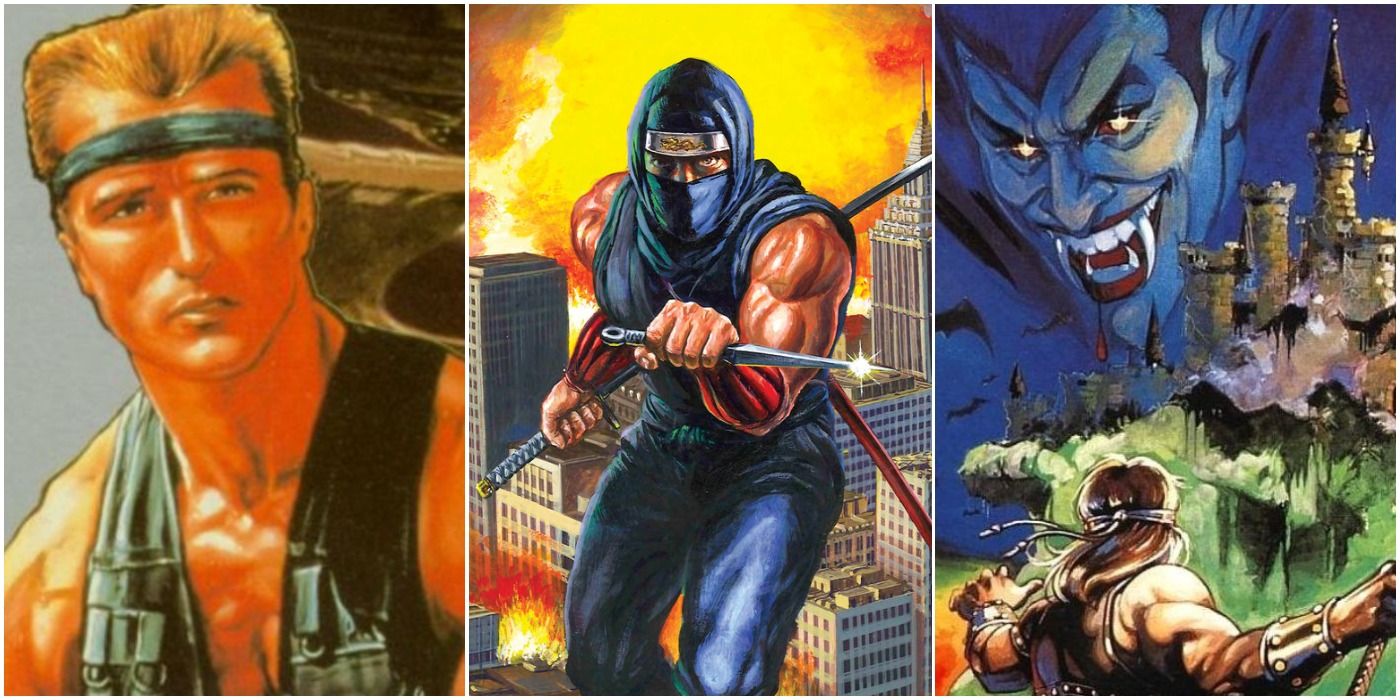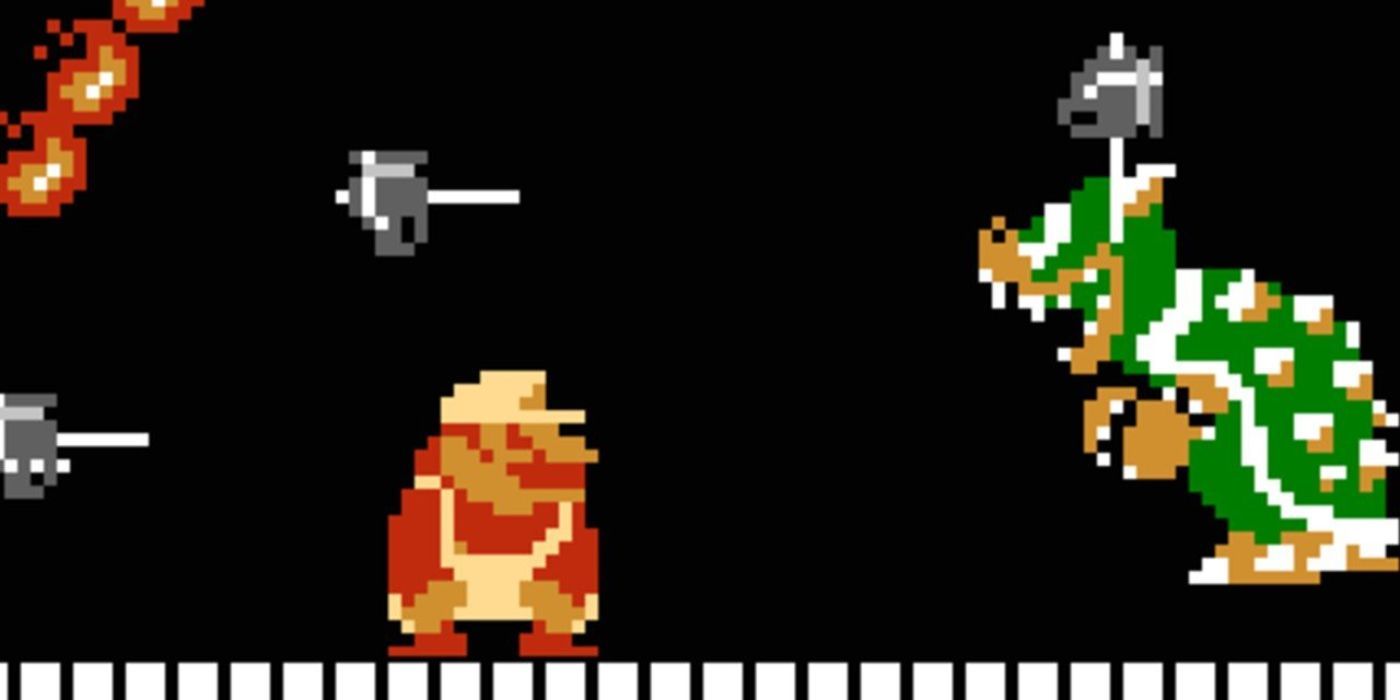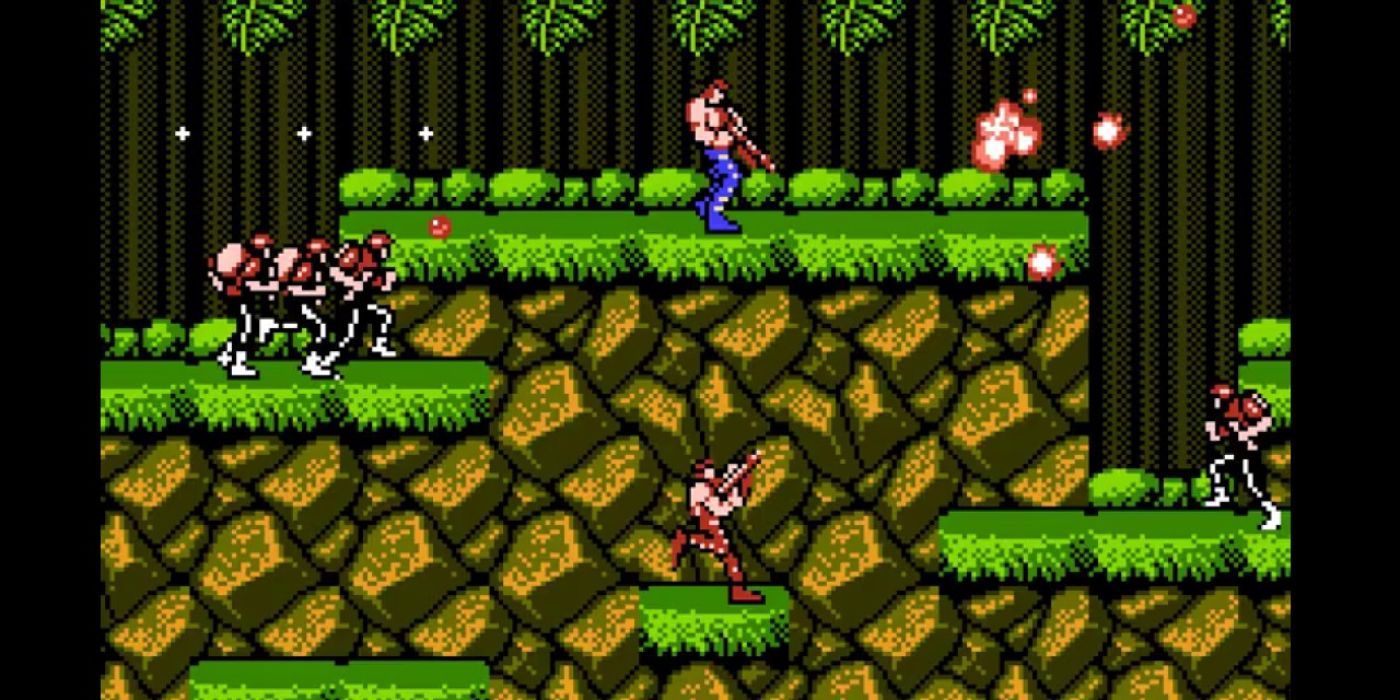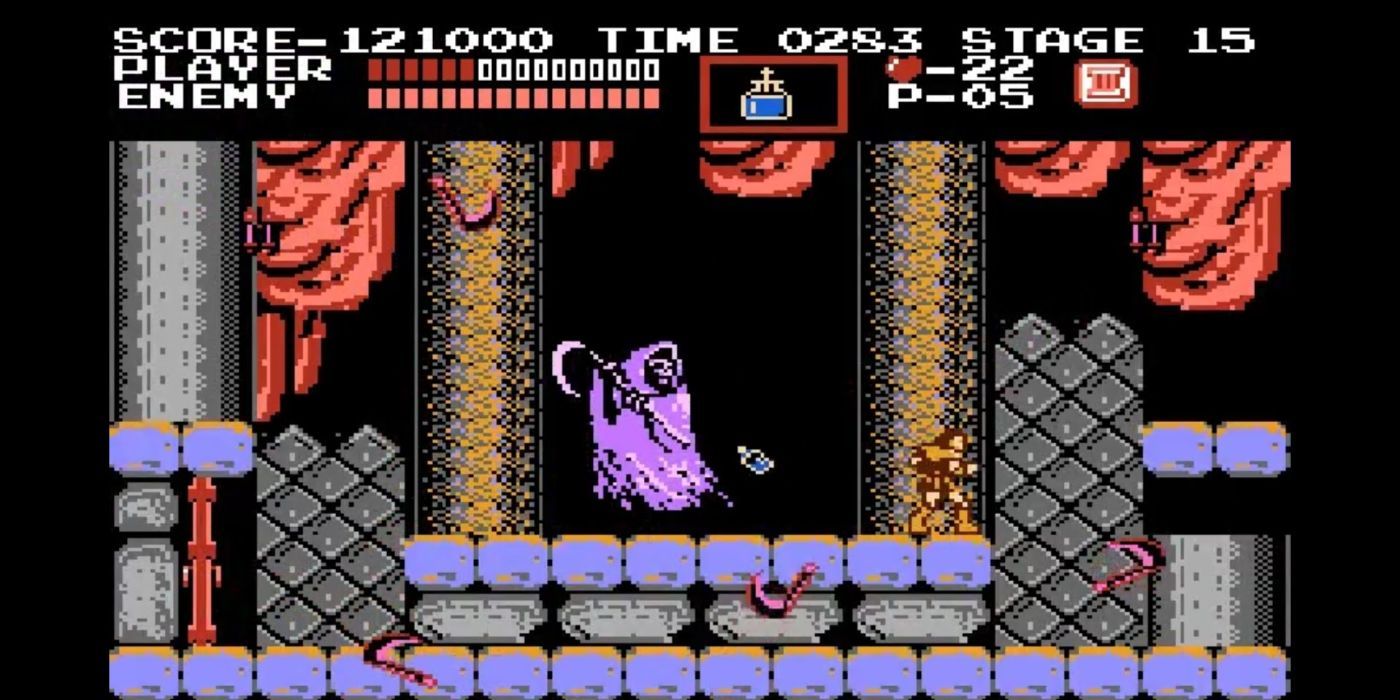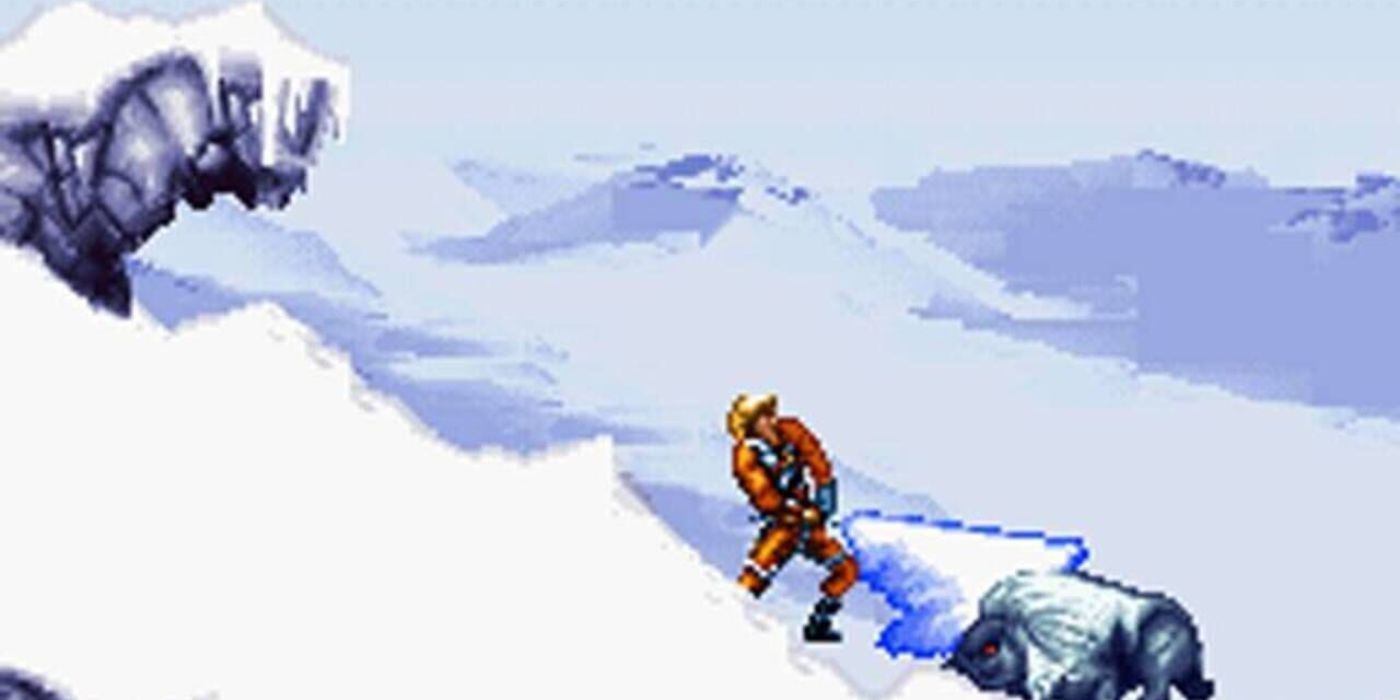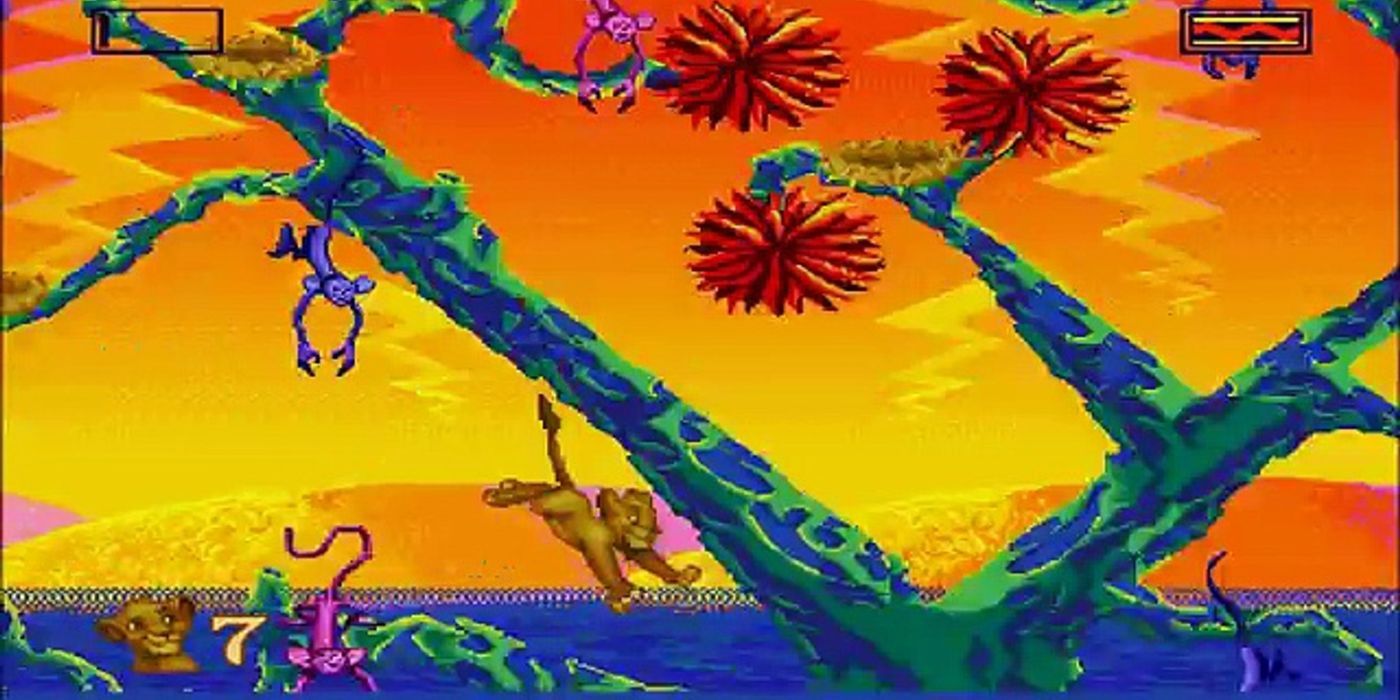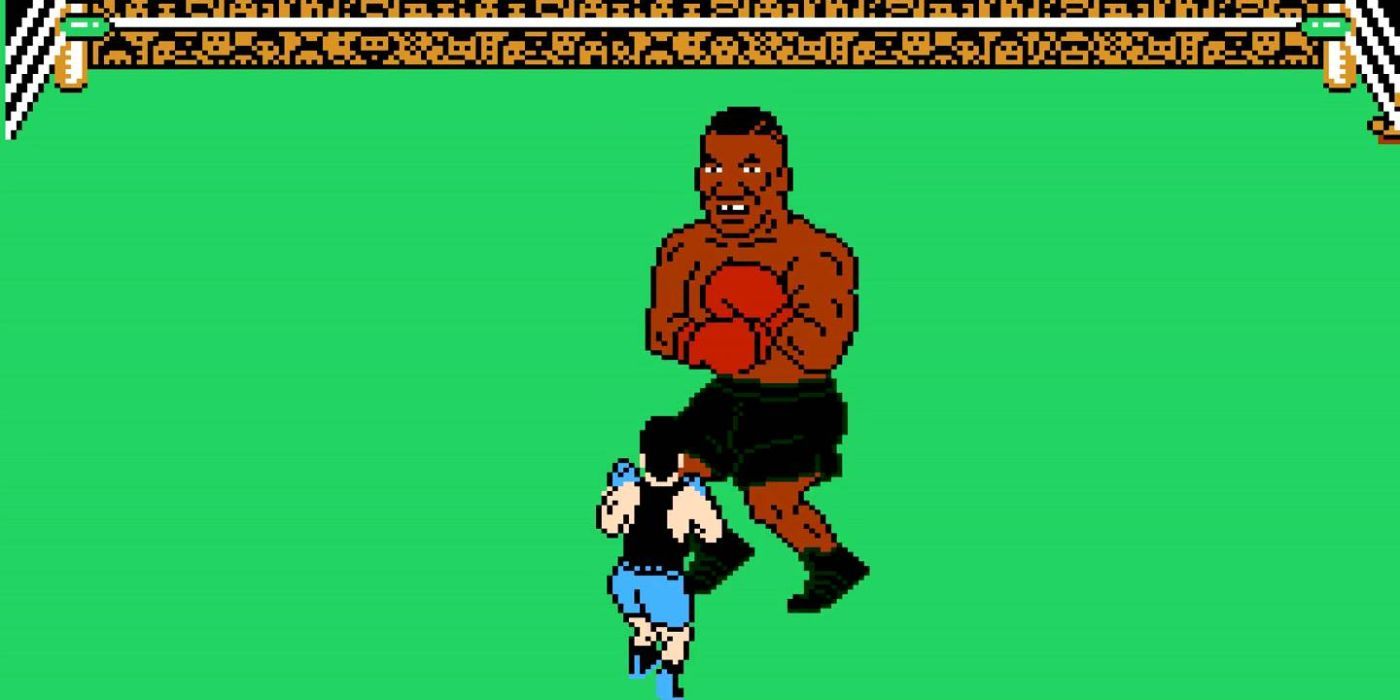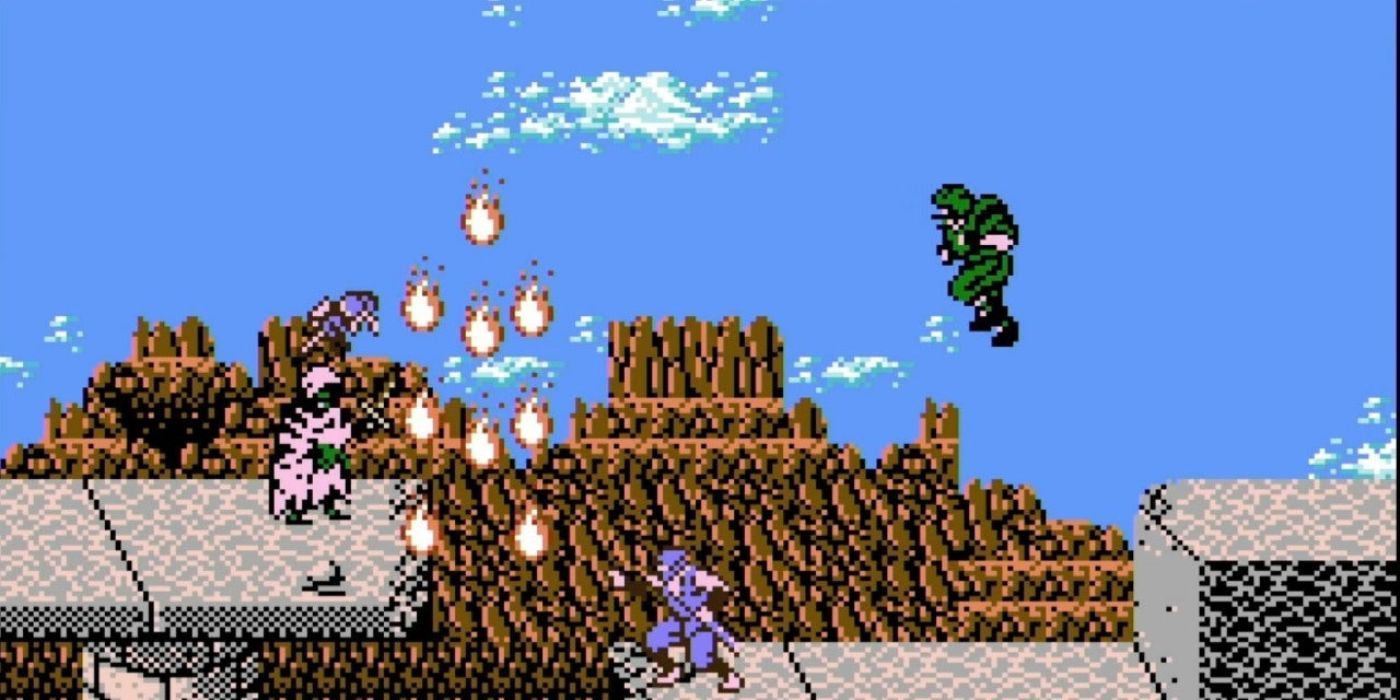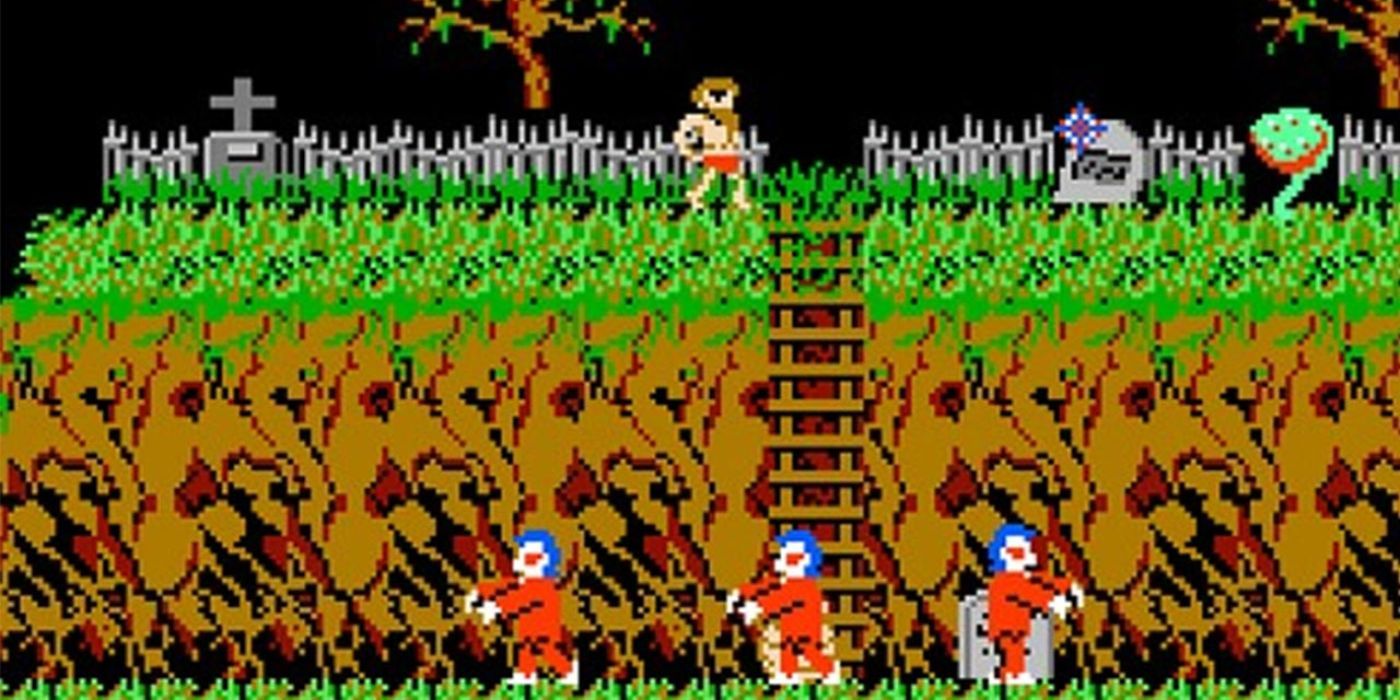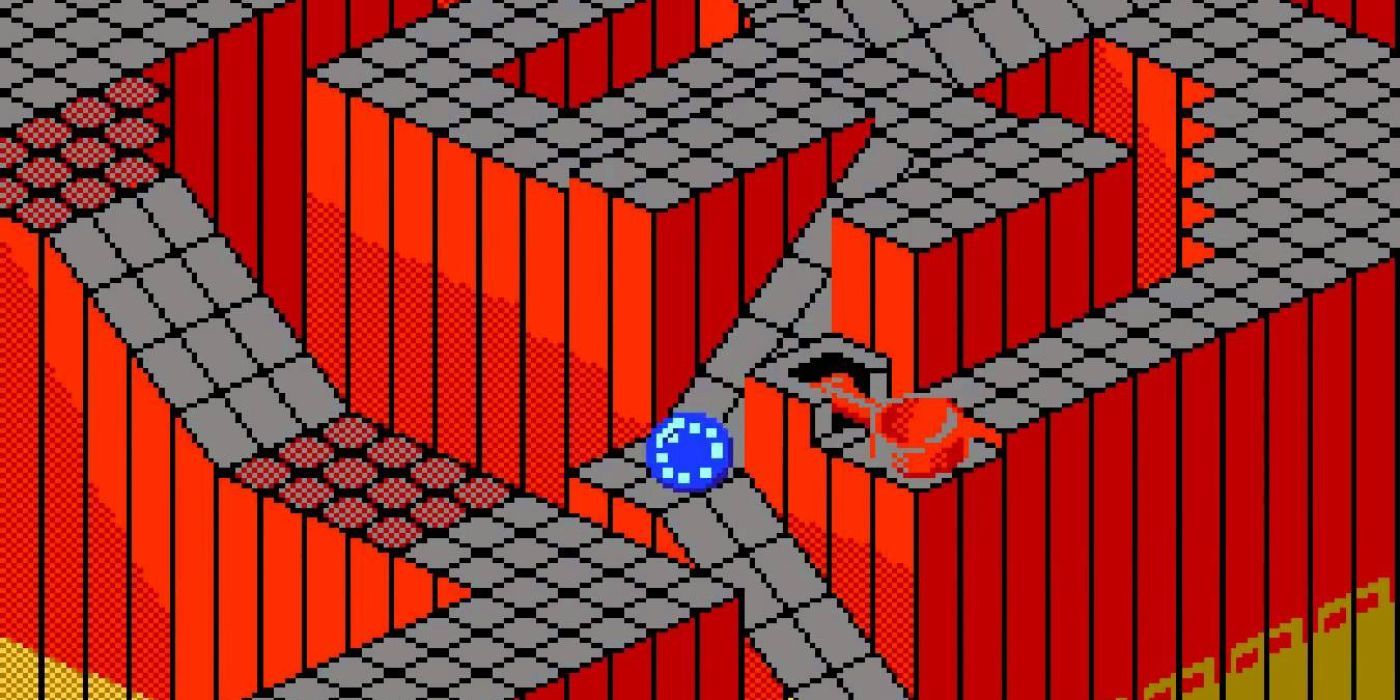At the onset of home console gaming in the '80s, a unique challenge was presented to developers. How would it be possible to justify the $50 USD price tag to play video games at home, when you could just as easily spend half that amount or less at the arcade?
The answer was to make their titles as challenging as possible. This increased difficulty ensured that players would have to spend ample amounts of time playing the game and recognizing patterns to overcome challenges. To this day, many of the titles produced during this time are considered some of the hardest videogames ever created. Even some modern titles have been awarded the honor of being considered "Nintendo Hard".
9 The Original Super Mario Bros. 2 Was Japan Exclusive Due To Difficulty
Famously, the American version of Super Mario Brothers 2 was in fact, not a Mario Bros. game at all but a re-skinning of a Japanese game that was made as a promotional piece for an art festival in Japan. This game, Doki Doki Panic was given a fresh coat of paint for American audiences as a means of sparing them from the torture that was the Japanese Super Mario Brothers 2.
At first, this feels more like an expansion pack to the original Super Mario Brothers than a new title. However, progressing just a few steps forward reveals that the once trustworthy power-up mushrooms have an evil counterpart that can kill you. Furthermore, the enemy placement and precision required in navigating the games' later worlds becomes an exercise in patience as players will assuredly see plenty of tragic plumber deaths until they're served a Game Over screen and forced to pick back up from the start.
8 Contra's Difficulty Made The Konami Code Famous
In 1988, Konami released a home port of one of their biggest hits. Contra is considered by many to be the game that made the Konami code famous. A good thing, since the code would grant players 30 Extra lives which, for many, was an absolute necessity to stand a chance at beating it.
Players had the ability to shoot in 8 directions but can only shoot diagonally when they're in motion. This becomes tricky as enemies appear from every direction at all times. Adding to the difficulty was the extra layer of strategy required in managing power-ups. As players mow down adversaries, power-ups will pop out and the forward momentum of the protagonist will force players into picking one up that is not necessarily the best tool for the job ahead.
7 Castlevania's Undead Killed Controllers Everywhere
Konami's 1986 vampire slayer Castlevania, has gone on to become a hugely successful franchise and Anime series but the love was not always abundant for this title that kicked everything off.
Castlevania gives players an interesting challenge when it came to jump trajectories. Simon Belmont, the in-game hero, can only jump forward in an exaggerated arch that made platforming while avoiding landing on an enemy or getting hit by one behind you especially difficult. Even worse was the forced knockback players would incur after taking damage, oftentimes resulting in plummeting into a bottomless pit, or being pushed backwards into a barrage of baddies.
6 Few Made It Past The First Level In Super Star Wars Empire Strikes Back
The unfortunate perils of "Nintendo Hard" extended beyond the 8-bit generation. Better known colloquially as "Super Empire", Super Star Wars Empire Strikes Back is an absolute mess of enemies right off the bat. Like the Star Wars film the game is based on, Super Empire starts off with the player commanding Luke Skywalker on a reconnaissance mission on the ice planet Hoth.
Where film presents Hoth as a baron, icy, wasteland with few lifeforms, the videogame counterpart is an entirely different animal; most gamers never made it past this first level. Commanding Luke Skywalker, players are ambushed by an innumerable number of warthog-like creatures and ice-bat enemies that are not visible against the snowy background. Thankfully, Star Wars games have gotten much better.
5 The Lion King's Confusing Puzzles Stumped Everyone
Like Super Empire, The Lion King, released for the SNES in 1994, is an impossibly hard movie tie-in game that was marketed towards children. Something this game does that is especially sinister, is coax players into thinking it was going to be a simple platformer for fans in their gaming infancy.
It's only after players have gotten comfortable that the difficulty ramps up by introducing some unintuitive puzzles, traps that are impossible to see coming, and tiny enemies with tiny hitboxes. Disney pressured the developers of The Lion King to make the title as frustrating as possible in order to compete with a burgeoning videogame rental market.
4 Mike Tyson's Punchout Knocked Out Most Players
In the 1980s, Mike Tyson was the most popular boxer. So, when the time came for Nintendo to release a home port of their arcade hit Punch-Out, an interesting opportunity arose for Nintendo and Tyson.
By late 1986 The Punch-Out cabinet had been in arcades for 3 years already. To keep things fresh, a deal was struck between Tyson and Nintendo and Mike Tyson's Punchout was born. Starting off slow, the difficulty of each opponent became increasingly cruel. While every opponent had a "tell" to look out for when searching for an attack opening, these cues were impossibly hard to spot, resulting in a lot of guessing in the ring that proved fatal.
3 Ninja Gaiden Implores Players To Endure Pain For Story Progression
Namco's Ninja Gaiden trilogy is one of the most epic offerings on the NES. The first entry, Ninja Gaiden was among the first videogames to popularize the use of cut scenes and, at the time, this cinematic approach to videogames was delightfully refreshing to gamers who were maybe still on the fence about what a home console gaming experience could offer them. Seeing the story progress through these detailed scenes was the incentive to continue playing.
Incentivizing players was necessary, as Ninja Gaiden is brutal for many of the same reasons as Castlevania. Enemy placement is unforgiving and timing a jump attack so that you could successfully kill your opponent and land on a 16-pixel platform while not getting hit from behind was very stressful. Additionally, like Castlevania, the forced knockback of taking a hit often resulted in protagonist Ryu Hyabusa falling into a bottomless pit.
2 Ghosts N' Goblins Taunted Players With The Overworld Map
In 1985, Ghosts N' Goblins quickly gained a reputation as one of the hardest arcade cabinets to conquer. Developer Capcom wasted no time porting the excruciating experience to just about every home console available at the time but the port that has truly endured is the NES version of the game.
Ghosts N' Goblins has players take command of a knight named Sir Arthur who is equipped with a javelin as a starter weapon. The slow speed of the javelin, and the unpredictable movements of enemies, made the opening moments of the game result in a swift game over, while enticing players with a screen that would show them just how much more of the map was left to explore. Sir Arthur cannot move in mid-air so a simple jump to avoid an attack was a real commitment that could easily end the game upon landing.
1 Marble Madness Took Nintendo Hard To The Third Dimension
Released by Atari games in 1984, the original arcade release of Marble Madness in 1984 tasked players with navigating a treacherous obstacle course as a blue or red marble. The arcade cabinet featured a unique track-ball control scheme that was intuitively designed to help players get their bearings in the isometric 3D space.
Marble Madness was ported to many of the available home console options, including the NES. In-game movement worked surprisingly well on the NES D-Pad but the real difficulty arose in the intense concentration needed for success in the 6 courses offered. Every single directional input in Marble Madness was intensely scrutinized by the player at lightning speed in order to stay alive since momentum plays a key role in making or breaking a playthrough. In a lot of ways, Marble Madness brought about the same kind of challenge that the Super Monkey Ball series would provide decades later.

